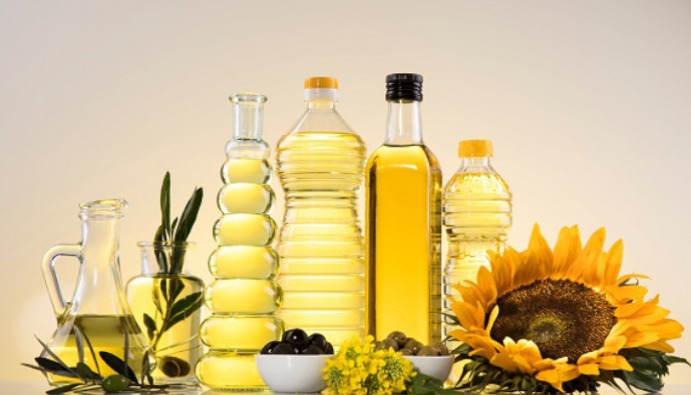
BLOG
KATEGORİDEKİ DİĞER YAZILAR

Quality in oils refers to the sum of an oil's physical and chemical properties, nutritional value and taste quality. A quality oil plays an important role in terms of both health and taste. Quality varies depending on the type of oil, the way it is processed and the storage conditions.
Oil purity refers to the amount of unwanted substances, additives and contaminants that an oil contains. A pure oil should have only the characteristics of that oil and be free from external influences. Purity is also of great importance for consumer health.
The saponification number is a value that indicates the amount of alcohols involved in the saponification process of an oil or fatty acid sample. This value indicates the number of free fatty acids and esters contained in the oil. Determination of the saponification number provides important information about the quality and purity of the oil.
Saponification number is an important parameter, especially in the production of food oils, industrial oils and biodiesel. This value plays a critical role in the evaluation of oils for the following reasons:
One of the most common methods for the determination of the saponification number is the reaction of oil with alcohols in an acidic environment. This process usually involves the following steps:
Determination of saponification number in oils is an important tool for evaluating the quality and purity of oils. This value is critical for proper oil selection in food and industrial applications. Determining the saponification number helps users to select the most suitable oils and strengthens quality control processes.
Nanolab Laboratories Group, Determination of Saponification Number in Oils: Methods and Importance continues to provide services. We also provide services on Olive Oil Analysis.
Contact us for more information.
You can follow us on LinkedIn for up-to-date news and posts about our services.
Follow our Instagram account to be informed about our latest blog posts.